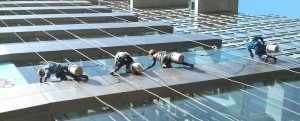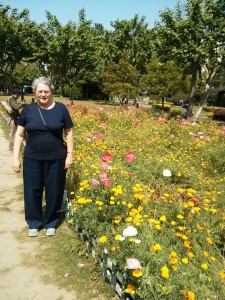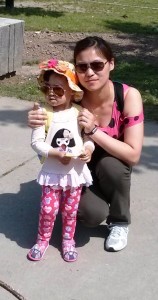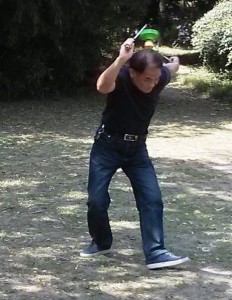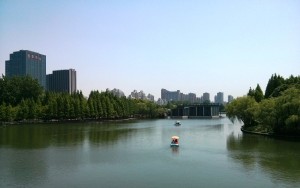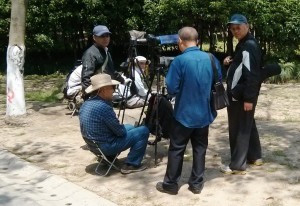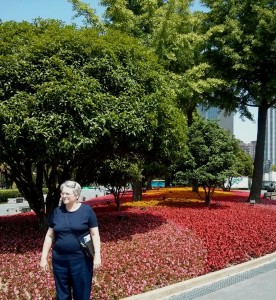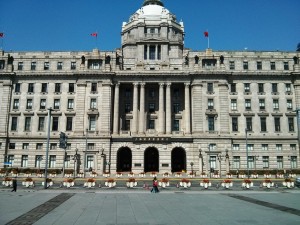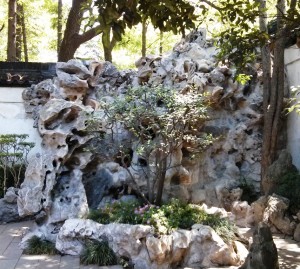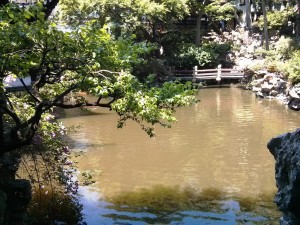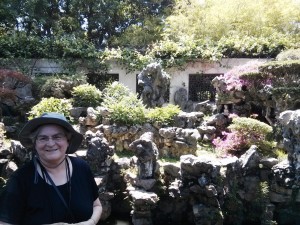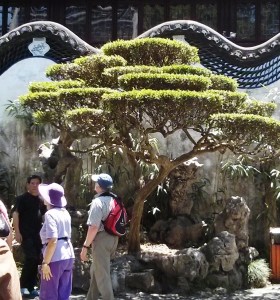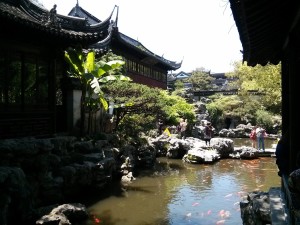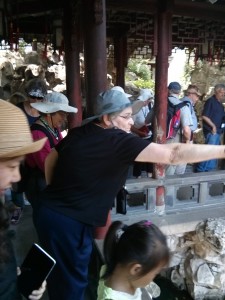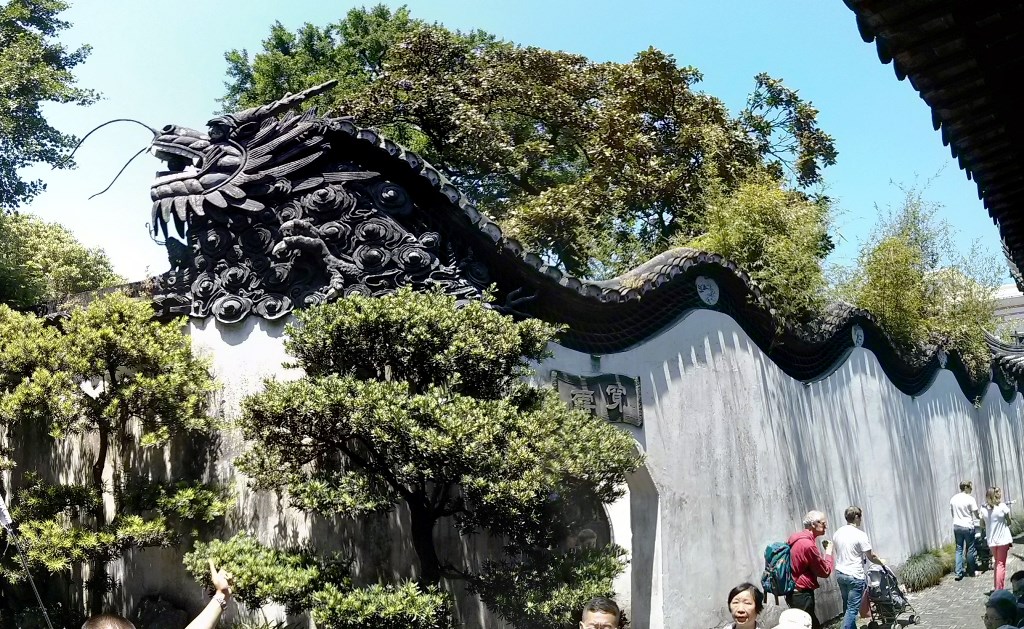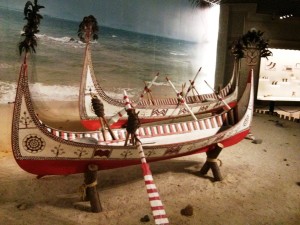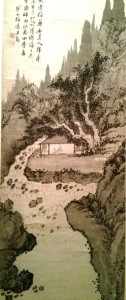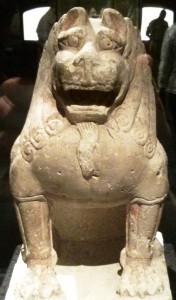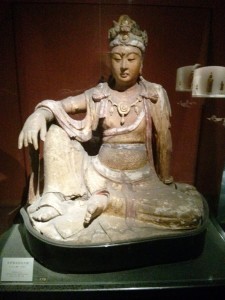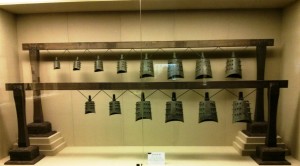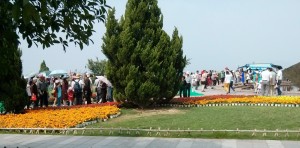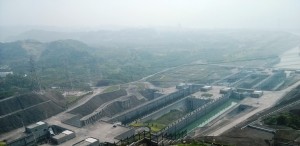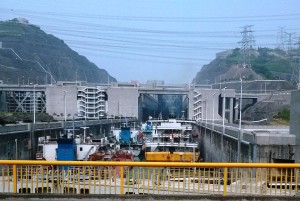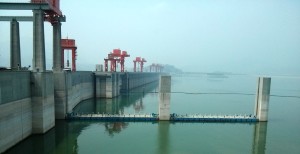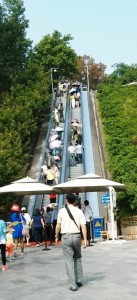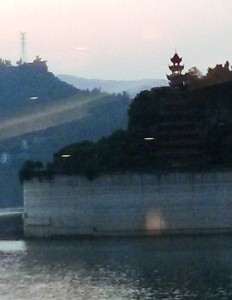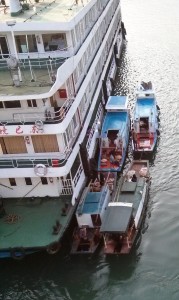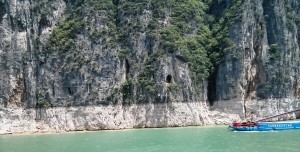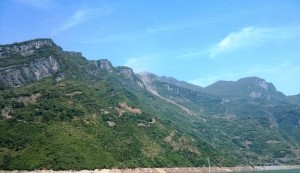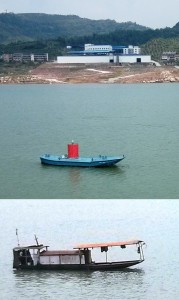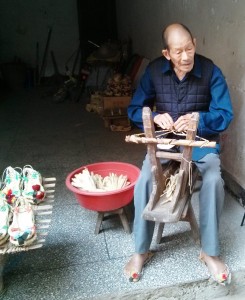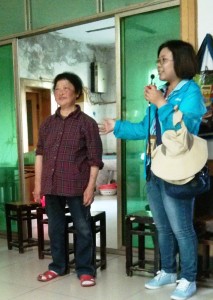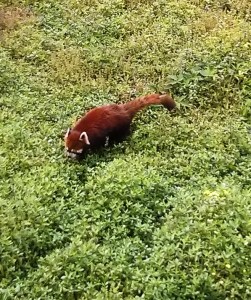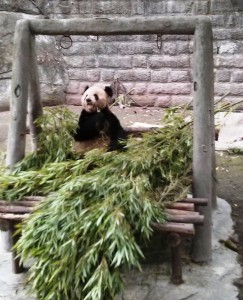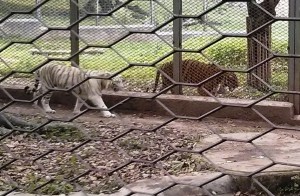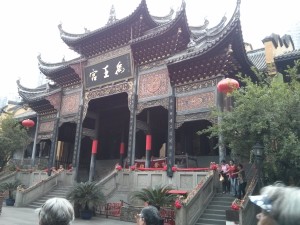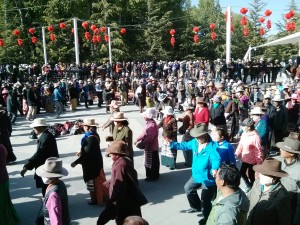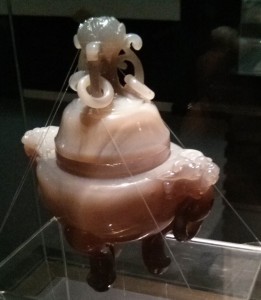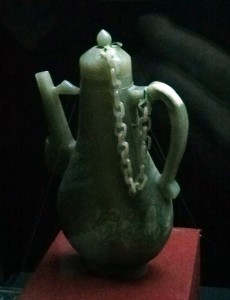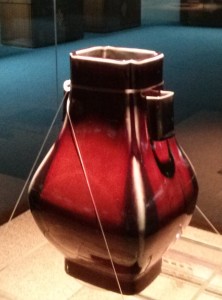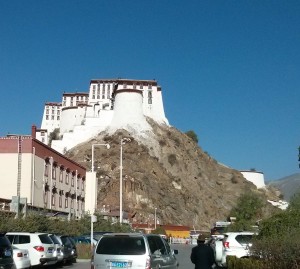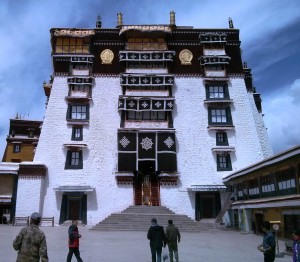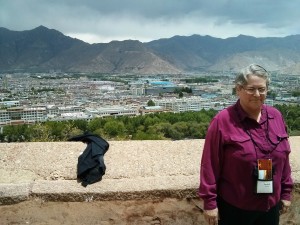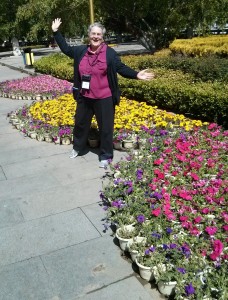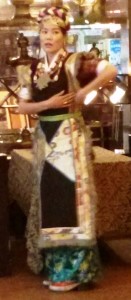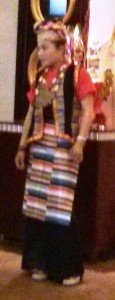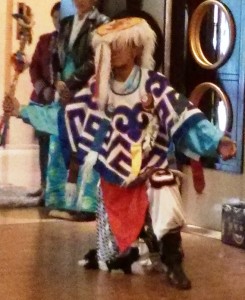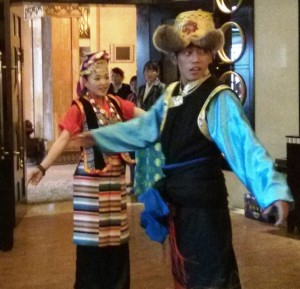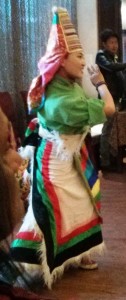There are no pics this week.
As some of you know, Glen was in the hospital for several days. He had an infection and needed I-V antibiotics. The other person in the hospital was Tony Sochurek. He had blood clots in his lungs. It was quite a surprise. We saw him at Circle Sunday and he was doing great. Tuesday he didn’t feel well. Wednesday he was in the hospital. Fortunately, both are doing well.
We had such a good time and learned so much on our China trip that we decided to do it again. We’ve signed up for a trip to Greece with Road Scholar. We’ll be traveling April 25 – May 11. The focus is on ancient Greece and Turkey (400 BCE – 500 CE).
I’ve given the first two sessions of my “Inside your router” seminar. It’s gone very well. I have about 20 residents involved. There’s one more session next Thursday (June 4). I tried writing the third presentation a week ago. But after the second session, I saw that what I wrote isn’t going to work, and I rewrote it. I’m holding identical evening sessions the following Wednesday, so the last presentation is June 10.
Almost half my bike rides go East, through Ellicott City. It’s good riding with hills, plenty of interesting routes, and of course lots of places for a lunch or snack. All of these rides go down Ilchester Rd, which is also the road our church is on. I mention this because they’re closing Ilchester Rd June 8, and it will remain closed for most of 2015. They’re quite serious about this. No traffic of any kind, 24 x 7. There are other roads, but Ilchester is the best. And with Ilchester closed, there will be that much more traffic on the alternates.
Bummer.
We have a quiet weekend. The only activity is a church picnic on Sunday. They’re forecasting thunderstorms, so this might be an “interesting” event. We volunteered to help setup. I’m wondering how many times we’ll end up rearranging tables between inside and outside venues.
I did a home project this week. We have a walk-in shower that uses a fiberglass floor pan and has tiled walls. The crack between the floor pan and the walls is caulked. The caulk was getting grody. I found a “dummies” article on re-caulking the shower and decided I could that. Sometimes home projects come out OK, but certainly not professional. This time things turned out pretty good. My caulk job isn’t quite up to the professional level, but it looks pretty good. Of course, it took me a week to do what a pro would have done in a few hours. But I don’t have to admit that to anybody.
I went to a SOCA neighborhood IT meeting Friday and picked up a new project. This time, I don’t mind the project. We have a web site. It’s works well for the community, but it’s awkward to maintain. It was started by Mike, one of our residents, and he still owns the site. It’s not possible to have anybody help Mike keep it updated, because the software is so primitive. We’re looking for an alternative that SOCA can own and will be easier to maintain. Mike and I are taking the lead. It should be a fun project, but there will be a lot of drudge work when we actually start rebuilding our site with whatever product we select. If anybody knows of a company that has a good product for hosting non-profit websites, please let me know.
That’s it for this week. I hope Glen continues his recovery and everybody else is healthy.

